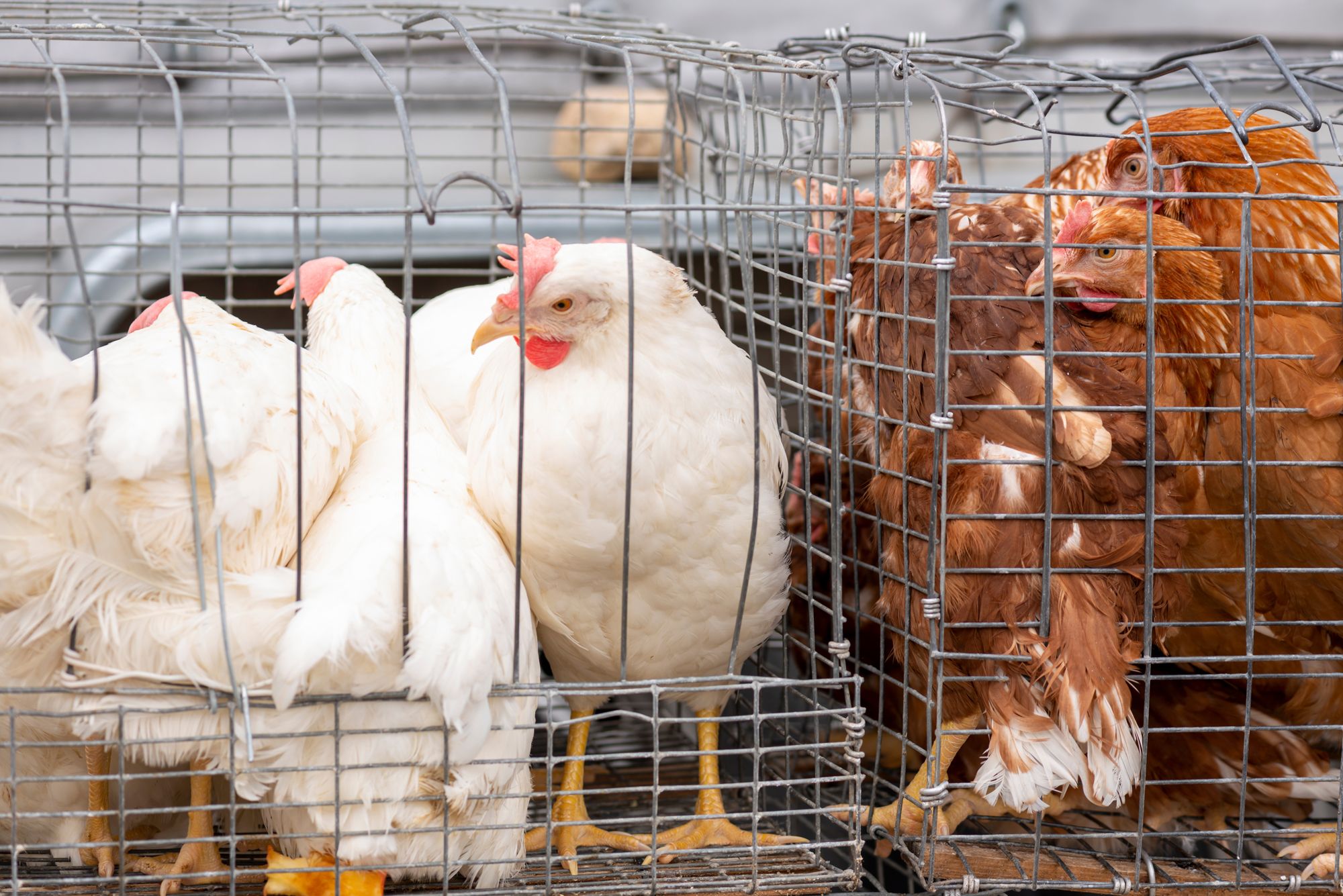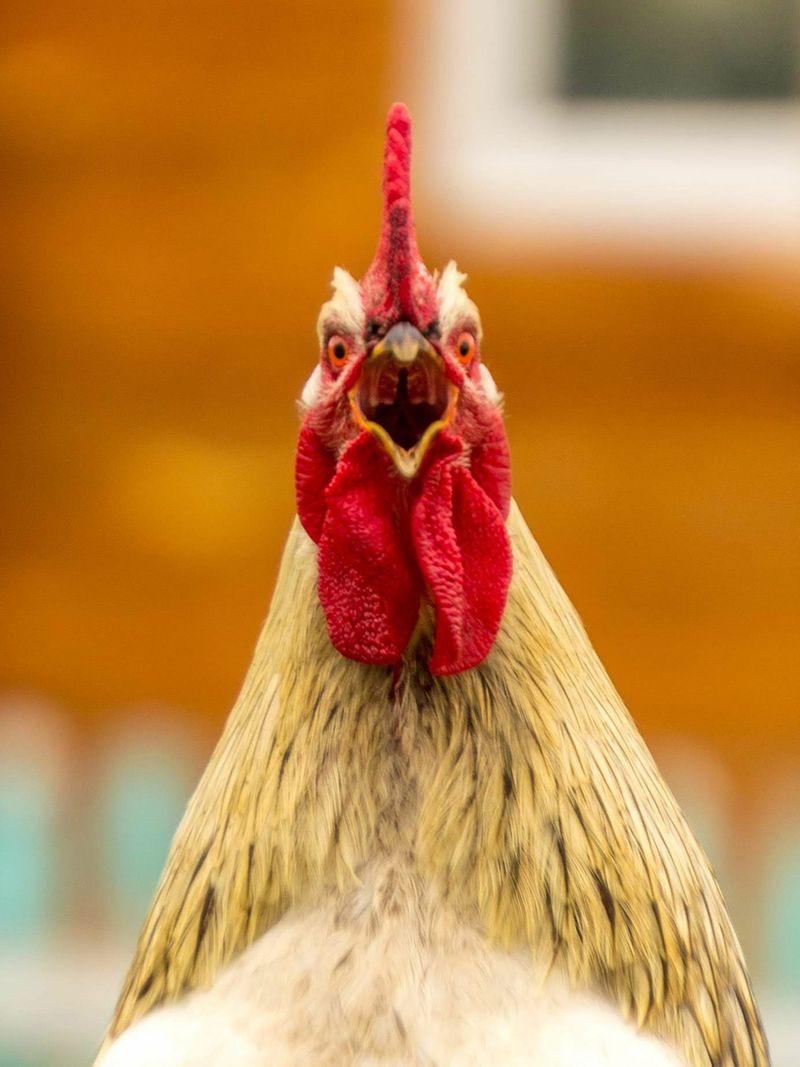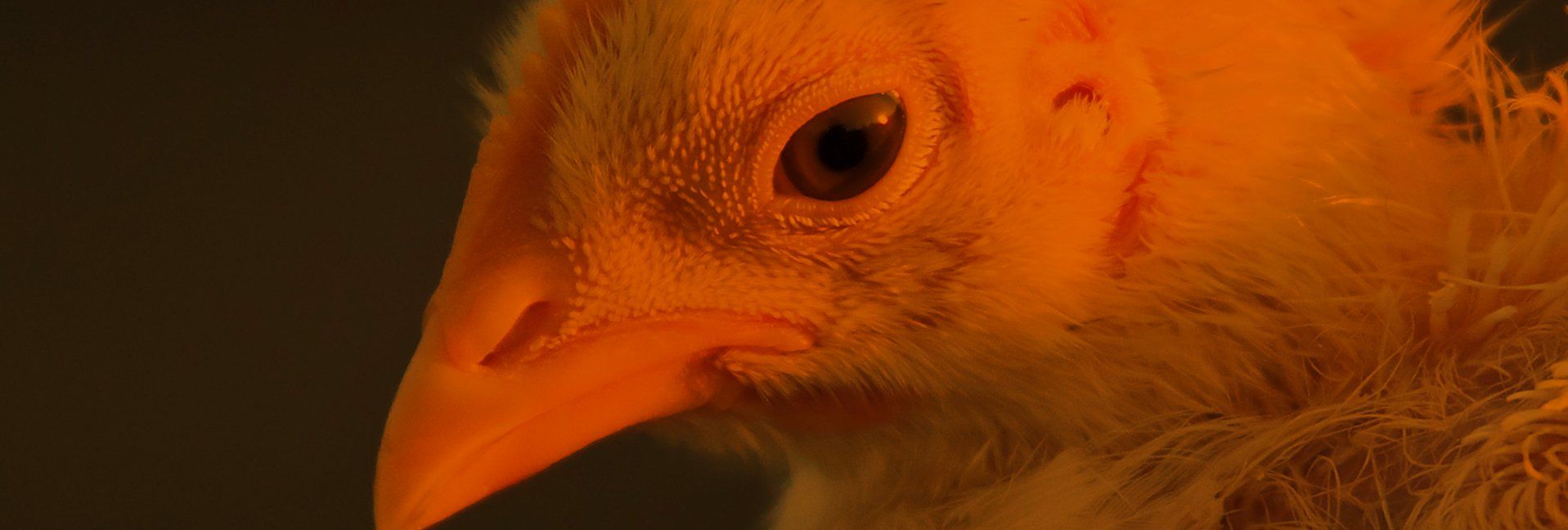When It Hits The Fan


Disaster preparation for your poultry
From the recent heat waves and wildfires to future hurricanes, tornadoes, earthquakes and whatever Mother Nature throws at us, disasters can strike at any time and have devastating consequences for humans and animals.
Local officials and disaster preparedness groups rarely take animals into account and almost never consider backyard poultry.
So it’s on you, and preparation is the key. Whether our chickens are kept as companions, food sources, or a combination of the two, keeping them safe during a disaster is important.
Let’s look at how to prepare to care for chickens when disaster strikes.
Emergencies
Generic evacuation plans and emergency kits will only get you so far when preparing for specific emergencies, so consider your environment.
I live on the west coast of the U.S., where wildfires, floods, and earthquakes are a primary concern. Earthquakes can disrupt transportation routes, so evacuation might not be an option and extended stores of food and water are needed.
Keep in mind the specific risks you and your flock face and adapt this information to prepare for them.
Should I stay or should I go?
Some situations call for waiting and some situations require immediate evacuation—so prepare for both. Having some level of “situational awareness” is essential toward making the right decision.
When it comes to pets, many people “over-stay” because they don’t have a plan in place for their animals. This increases the risk for you, your pets, and first responders.

In order to be prepared “to stay or go” have a checklist so you can easily prepare, evacuate, or stay. Things to have on your checklist include:
- Ways to get up-to-date information (local radio stations, etc.): Assume the internet will not be functioning. Having old fashioned paper maps can help identify evacuation routes. Familiarize yourself with local resources including your nearest Community Emergency Response Team (CERT).
- Situational awareness is vital in an emergency so have plans with multiple evacuation routes and emergency animal shelters: Assume Plan A and even Plan B don’t work. Know where bridges, elevated roads, and rivers and streams are in your area. Be familiar with multiple surface roads in case one or more evacuation routes are blocked or congested with traffic.
- Have a plan for transporting your chickens: Having a plan to quickly round up your birds and put them in your vehicle is important in an emergency situation. Assign family members tasks in the round up process and practice together. Have the following readily accessible:
- Cages—crates to transport chickens are easy to purchase online or at your local feedstore. Crates come in a variety of sizes but are roughly 2.5ft x 2ft x 1 ft (LxWxH) and can fit roughly eight full grown chickens for several hours.
- Vehicle—Remember that chickens poop (a lot) and slotted crates mean your car could get very dirty and stinky very quickly. Putting down a heavy-duty trash bag under the crate should at least help with keeping your car clean. Gas stations will likely not be working or will be busy with others trying to buy fuel. Keep enough fuel in your vehicle’s tank to get you and your flock to safety.
- Keeping them calm—To reduce stress (for your chickens), cover the crate with a “breathable” cloth. In general, darker is better.
What to have ready
It will be essential to have a go-bag (or bags) ready with supplies to last at least two weeks. Things to have in your go bag include:
- Feed: An average laying hen eats approximately one-quarter cup of feed per day. Plan for at least 14 days of feed. Include a feeder or low-walled container to portion feed.
- Water: Chickens drink roughly twice as much as they eat. Plan on about one-half cup of water per chicken per day for at least 14 days. Bring a portable waterer or low-walled container to portion water and clean it frequently. If you are sheltering in place, running water may still be available from a well or municipal water supply. However, this water may not be safe for you or your animals to drink.
- First aid: If your chickens get burned or are otherwise injured, make sure you have contact information for your veterinarian (make sure you at least have contact information for a vet who treats backyard poultry) and also have contact information for a diagnostic lab since these laboratories will typically euthanize chickens for free. For small injuries, keep a bottle of povidone-iodine solution on hand for disinfection. Diluting 10% povidone-iodine solutions with water to a light brown color retains the antiseptic properties.
- Temporary enclosure: Allowing your birds to resume normal activity in a safe area will help to reduce the stress of evacuation. Plastic fencing and collapsible metal cages marketed for rabbits and other small animals work well as temporary enclosures in place of your flock’s normal run.
- Basic emergency equipment: A readily accessible flashlight with extra batteries is perhaps one of the most important pieces of emergency kit. Keep this flashlight in a readily accessible area at all times in case your power is out. A battery and/or crank operated radio will allow you to get updates from emergency officials.
Returning home: after-effects
If you evacuate and then return, don’t assume everything is fine. For example, structural damage after an earthquake can damage coops and electricity and water access. Flooding can result in the increased presence of pathogens and mold that can affect us and our chickens. Urban fires can result in the presence of heavy metals and other chemicals in our soil.
Consider each potential risk and seek guidance from experts if necessary.
Published: October 14, 2022
Tags:Pitesky's Poultry

Chicken Whisperer is part of the Catalyst Communications Network publication family.











